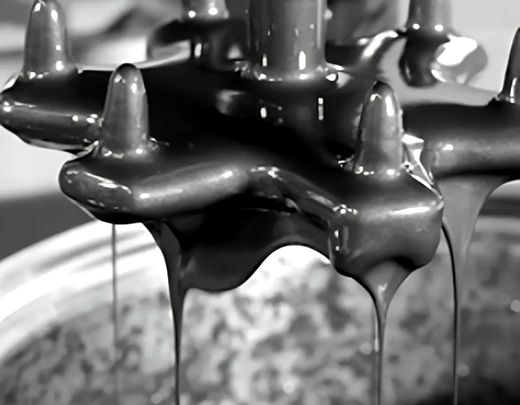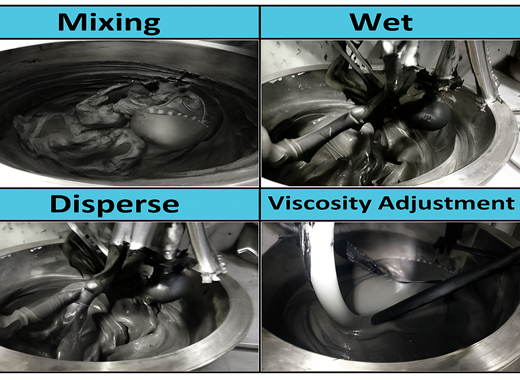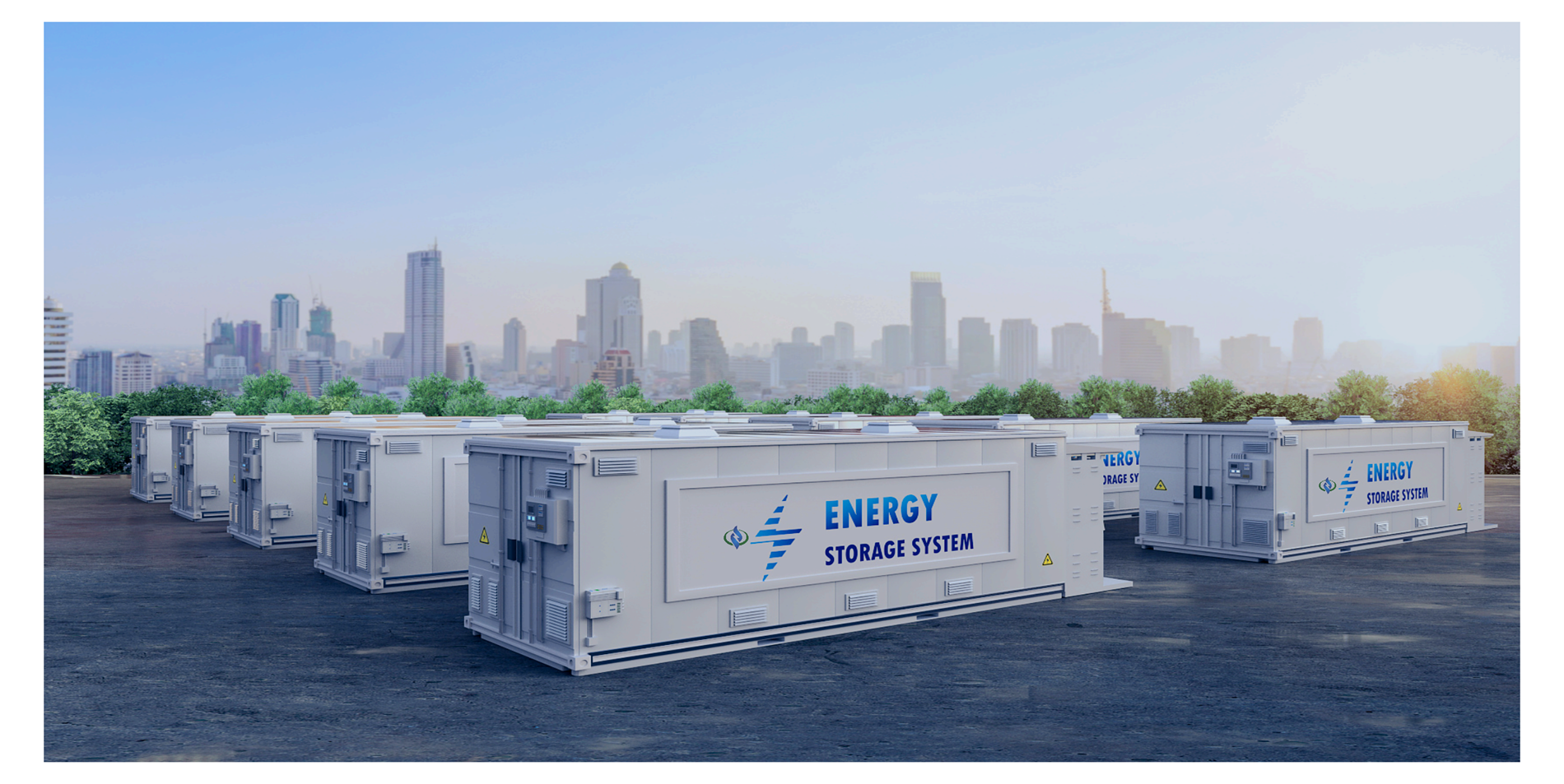Why Dry Electrode Technology Has Become A Hot Topic In The Solid-State Battery Industry
Upload Time:
Jun 20, 2025
Dry electrode technology is favored in solid-state batteries because its solvent-free process inherently avoids damaging sensitive solid electrolytes (especially sulfides), enables superior solid-solid interfacial contact through high-pressure compaction, and significantly reduces manufacturing costs by eliminating energy-intensive drying and solvent recovery steps.
What is Dry Electrode Technology?
Dry electrode technology is a novel electrode manufacturing process that eliminates the use of liquid solvents. Instead, it directly mixes solid powders of active material, conductive agent, and binder. The core process involves: first blending the active material, conductive agent, and binder; during mixing, the powder is drawn into a fibrous state; this fibrous material is then compressed into thin sheets and laminated onto the current collector foil (substrate).
Two primary manufacturing methods exist: Binder Fibrillation and Electrostatic Spraying.
1. Binder Fibrillation (Mainstream Method)
This dominant approach consists of three key stages: Powder Mixing, Fibrillation, and Calendering (Roll Pressing).
-
Powder Mixing: Larger particles must be finely pulverized to mitigate subsequent safety hazards. Temperature control during mixing is critical to prevent premature binder fibrillation and ensure uniform binder distribution.
-
Fibrillation: Attention must be paid to the differing fibrillation times required for various materials to optimize the process. Challenges include high process resistance and achieving uniform fibrillation levels.
-
Calendering: This stage imposes significantly higher demands on equipment in terms of pressure, precision, and uniformity of force application. This is particularly crucial for cathodes, as cathode powder materials are brittle and require greater pressure for effective compaction. Companies utilizing this method are primarily based in the USA, China, and Germany (e.g., Maxwell/Bosch in the USA, Hina Battery in China, TU Dresden in Germany).
2. Electrostatic Spraying
This method employs high-pressure gas to spray a mixture of powder (active material, conductive agent, binder particles) onto the current collector foil. The sprayed particles acquire a negative charge electrostatically, facilitating their adhesion to the grounded foil. Subsequent hot pressing melts the binder, which then bonds the surrounding powder particles and compresses the layer into a self-supporting film. Companies utilizing this method are mainly located in Japan and Korea.
Advantages and Disadvantages of Dry Electrode Technology
Traditional wet processing involves mixing positive/negative electrode powders with solvents to form a slurry, coating this onto foil, and then drying/oven-curing it to produce usable electrode sheets. In contrast, dry processing eliminates solvents. It employs specialized binders incorporated into the powder, which is then compacted directly onto the foil, removing the drying step.
Compared to traditional wet processing, dry technology entails significant changes in materials, processes, and equipment. While it offers potential cost savings, it also introduces greater complexity at each stage. The absence of moisture increases wear on metal equipment components. Particularly during assembly involving sulfide solid electrolytes, the dry process can cause equipment corrosion. Resulting metal debris can compromise cell integrity and performance.
Challenges and Disadvantages:
-
Material Uniformity: Achieving completely uniform powder mixing in the initial fibrillation process is difficult. Non-uniformity renders the formed electrode sheet unusable, impacting yield. Inhomogeneous dry electrode coatings can create "hot spots," leading to degraded battery performance, potential short circuits, or even catastrophic battery failure.
-
Calendering Difficulties: While conventional wet electrodes are calendered after drying, dry processing can effectively compact graphite anodes but struggles with materials like metallic lithium anodes and high-nickel ternary (NMC/NCA) cathodes, making it hard to achieve smooth, dense interfaces. The high pressures required for difficult-to-compact materials accelerate equipment wear. Repairing damaged equipment can take over a month, impacting yield and cost.
-
Complexity (Cathode Specific): As noted by Elon Musk regarding challenges in dry cathode development: "The cathode material aspect in the dry electrode process is complex. When compressing cathode powder to a specific thickness, excessive pressure can cause deformation. Separately handling the electrode film and current collector for lamination, while preserving active material integrity and preventing increased internal impedance, presents significant difficulties."
-
Electrostatic Spraying Limitations: While sharing advantages like environmental friendliness, shorter thermal curing time, wider electrode material applicability, and good thickness/uniformity control with fibrillation, electrostatic spraying also exhibits drawbacks. These include limitations in subsequent processability, adhesion robustness, and electrode flexibility/durability.
-
Advantages (Implied/Explicit):
-
Eliminates Solvents: Removes the need for costly and environmentally hazardous solvents (like NMP) and associated solvent recovery systems.
-
Simplified Process: Removes the energy-intensive drying/curing step.
-
Potential Cost Savings: Reduced energy consumption and elimination of solvent handling infrastructure.
-
Environmental Benefit: Avoids VOC emissions and solvent waste.
-
Material Flexibility: Enables processing of moisture-sensitive materials (e.g., for solid-state batteries).
-
Thickness Control: Methods like electrostatic spraying offer good control over coating thickness and uniformity.
Relevant News








